NEW: Understanding our emotions
How are you feeling? … I mean really…
As we stand at the threshold of the new year, its often a starting point for introspection, a space where we navigate the complex landscape of feelings, understanding, and connection.
Embracing the opportunities that the dawn of a new year brings often urges you to ponder the question, "How am I actually feeling about what’s ahead? & what’s my plan?”
So today, l thought we could view into the landscape of human emotions and explore the refined art of recognising and expressing them with precision and clarity.
Understanding our emotions can often resemble solving a complex puzzle. We frequently resort to simple labels like "good," "fine," or the ever-present "meh" to encapsulate our internal states. Yet, beneath the surface lies a world of emotional subtleties that, when unraveled, can ward off frustration, enhance communication, and mitigate the risks of burnout.
Enter Nonviolent Communication (NVC), an intricate model crafted by the esteemed Marshall Rosenberg. Serving as a comprehensive guide for communication and conflict resolution, NVC urges us to abandon habitual, judgmental language in favour of a more empathetic and measured mode of expression.
Within the NVC framework, the focus lies on identifying and articulating feelings and needs. Observations, feelings, needs, and requests form the pillars of this approach, contributing to a communication style characterised by clarity and nuance. The model also champions active listening and empathetic understanding, fostering an environment conducive to open dialogue and conflict resolution, free from aggression or blame.
Consider a scenario where your emotions appears foggy and indistinct. This is where the crucial distinction between needs and wants becomes paramount.
Needs, as the linchpin of our emotional experiences, hold the key to fostering empathy and understanding. In situations of conflict or challenge, addressing underlying needs, as opposed to fixating on specific solutions, can pave the way for more effective communication and resolution.
However, wants are the bespoke strategies or actions we deem necessary to satisfy these needs. Recognising this contrast allows for a more nuanced and collaborative approach to finding solutions that accommodate diverse wants while addressing universal needs.
Amidst the vast landscape of artistic expression, literary endeavours, and psychological research, a number of tools awaits to assist in navigating the journey of your of emotions. One such innovative concept is Emotional Equations by Chip Conley, offering a unique perspective on emotions by blending mathematical simplicity with emotional complexity. This approach provides practical tools for enhancing well-being and achieving a more fulfilling life.
For instance, the equation Regret (R) = Disappointment (D) + Responsibility (R) suggests that regret arises from the combination of disappointment and taking responsibility for one's actions. Similarly, Joy (J) = Love (L) + Meaning (M) highlights the idea that joy results from the combination of love and a sense of meaning or purpose in one's life. These equations offer insights into the emotional dynamics of various situations and provide a framework for individuals to better understand and manage their emotions.
Here's how you may consider how to integrate these tools into your own NVC process:
Identify Emotions: Utilise tools like the Wheel of Emotion to pinpoint specific feelings.
Connect to Needs: Establish links between emotions and underlying needs for heightened clarity in communication.
Express Yourself Clearly: Communicate emotions and needs to others for improved understanding.
Understand Others: Employ emotional tools to recognise and validate the emotions of others.
Collaborate Effectively: Collaboratively work towards solutions that address diverse wants while meeting everyone's underlying needs.
So this year why not embrace Nonviolent Communication, hone your emotional intelligence through supportive tools, and enrich conversations with emotional insight. By doing so, you'll not only express yourself with precision but also cultivate understanding and connection in the refined cadence of your interactions.
Here's to better conversations, heightened understanding, and the never ending pursuit of professional excellence! 🌐🌟



